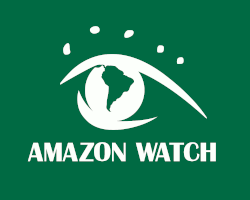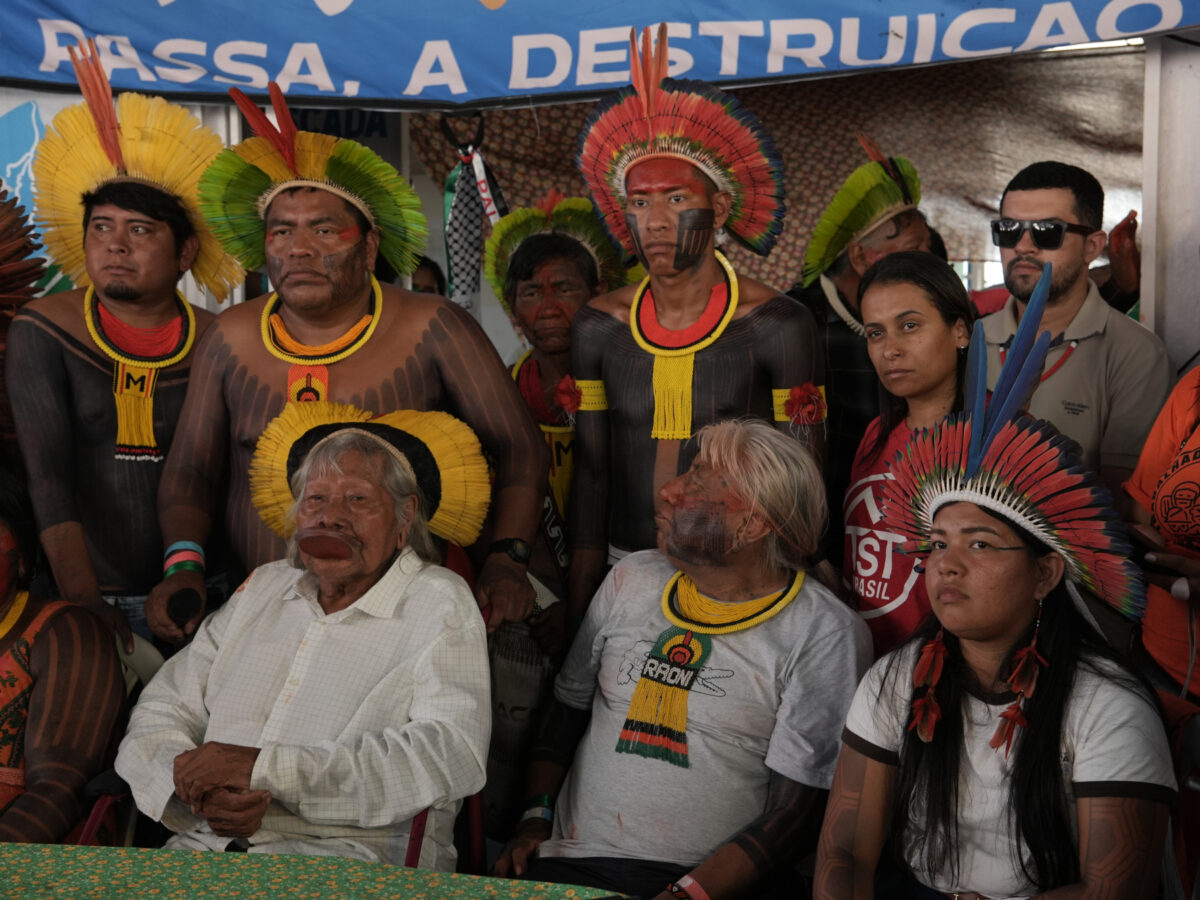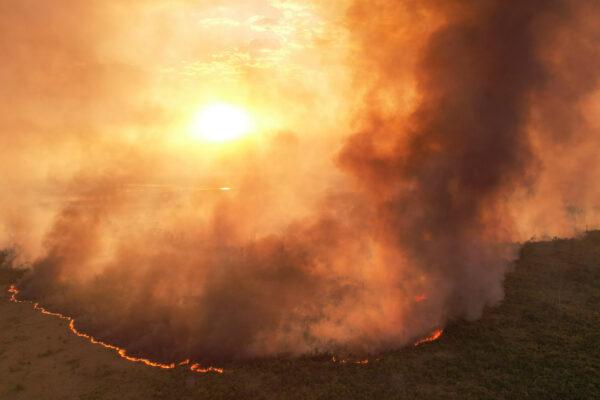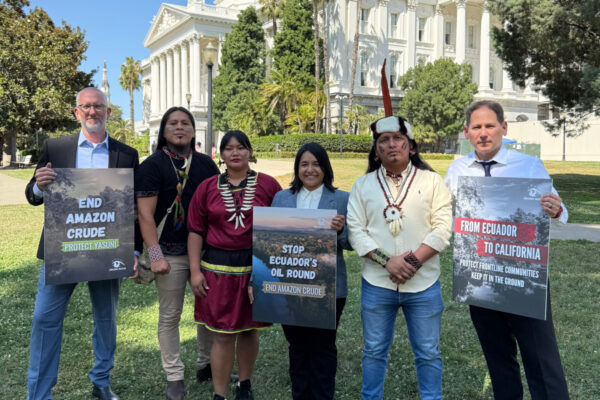Photos available here | Credit: Coletivo Apoena Audiovisual
Videos available here | Credit: Comunicação MTST
If you are a journalist covering COP30 (in person or virtually) and would like to join our WhatsApp group where we will share relevant information, contact us here.
Belém, Brazil – In one of the most symbolic moments of COP30, more than 200 boats with approximately 5,000 people took to the waters of Guajará Bay in Belém on Wednesday morning. The flotilla, which opened the activities of the People’s Summit, brought together representatives from 60 countries and highlighted the resistance of Indigenous, riverine, quilombola, and social movements denouncing the impacts of soy expansion, riverways, and the Ferrogrão railway on the Amazon.
The action, which departed from the Federal University of Pará (UFPA) and traveled along the Guamá and Guajará rivers to Vila da Barca, marked a global call for the protection of territories and respect for the rights of forest peoples, in contrast to the so-called “green solutions” promoted by governments and corporations during COP30.
“For Amazon Watch, it is a profound honor to support this historic caravan carrying the voices and demands of the peoples of the Amazon and the Cerrado to the heart of COP30. Negotiators inside the Blue Zone must listen and respond to these legitimate calls for climate and territorial justice. The people are speaking out: the forest and the planet cannot wait any longer. No to Ferrogrão. Climate justice now!” said Amazon Watch Executive Director Leila Salazar-López who also participated in the event.
After the fluvial act, Indigenous leaders held a press conference aboard the Answer Caravan vessel, featuring the remarks of Chief Raoni Metuktire, a historic figure in the Indigenous struggle in Brazil and around the world.
“When I was younger, I spoke about these problems with your leaders. For a long time, I’ve been warning that we must avoid these bad outcomes. Now you see the rivers drying up, and it is because of deforestation,” said Raoni. “The government wants to drill for oil in the Amazon and build a railway. We will all face problems if this continues. I told Lula not to exploit oil in the Amazon and that we don’t want the Ferrogrão. And if necessary, I’ll scold the president. He must show respect,” he stated.
The chief also made an appeal to the international community: “I’ve spoken with heads of state from other countries. I always tell them we need to preserve. When I travel abroad, no one offers me money for minerals or wood. They understand that our territories must be protected. That’s what we want: respect and commitment to life.”
Indigenous women reinforce the message
Alongside Raoni, Kayapó leaders emphasized unity among peoples and movements.
Kokonã Metuktire highlighted the role of Indigenous women in resistance. “Women give and sustain life in our territories. Soy contaminates the soil, the water, and the future. Enough destruction of our lands. The planet can’t take any more. Carry our message to the world: stop threatening the future of our children.”
From the Tapajós region, Vivi Borari, spokesperson for the Chega de Soja Alliance, underscored the symbolic nature of the mobilization. “We left Sinop, the cradle of soy, traveled along BR-163, and passed through the Munduruku territory, affected by ports, soy, and mercury from mining. We reject the privatization of rivers, the blasting of rapids, and turning our rivers into industrial waterways. Enough of projects that bring destruction instead of life.”
Megaron Txucarramãe stated, “The presence of Indigenous Peoples at COP30 is very important, but the struggle doesn’t end here. We are here with social movements to deliver our message to the government: we are against the Ferrogrão and against soy plantations that threaten Indigenous lands.”
Raoni and Amazonian peoples vs. Ferrogrão
Stretching 933 kilometers between Sinop (MT) and Miritituba (PA), the Ferrogrão railway was designed to accelerate soy and corn transport across the Amazon. Within a 300-kilometer radius of Sinop, the railway’s starting point, lies 40 percent of Mato Grosso’s soy production, the largest in Brazil. Today, traffic on the BR-163 highway reaches up to 4,000 trucks per day during harvest season. Agribusiness promises to cut freight costs in half, but experts warn of devastating side effects: the expansion of monocultures near Indigenous lands such as Capoto-Jarina, where Chief Raoni lives, and an increase in pesticide use that already contaminates local rivers and fish.
In 2024, during a ceremony in Belém (the COP30 host city) attended by Presidents Lula and Emmanuel Macron, Chief Raoni had already made a direct appeal against Ferrogrão. “I ask Lula not to approve the Ferrogrão. If this destruction continues, we will all face serious problems,” declared the Kayapó leader as he received France’s Legion of Honor, the country’s highest distinction.














